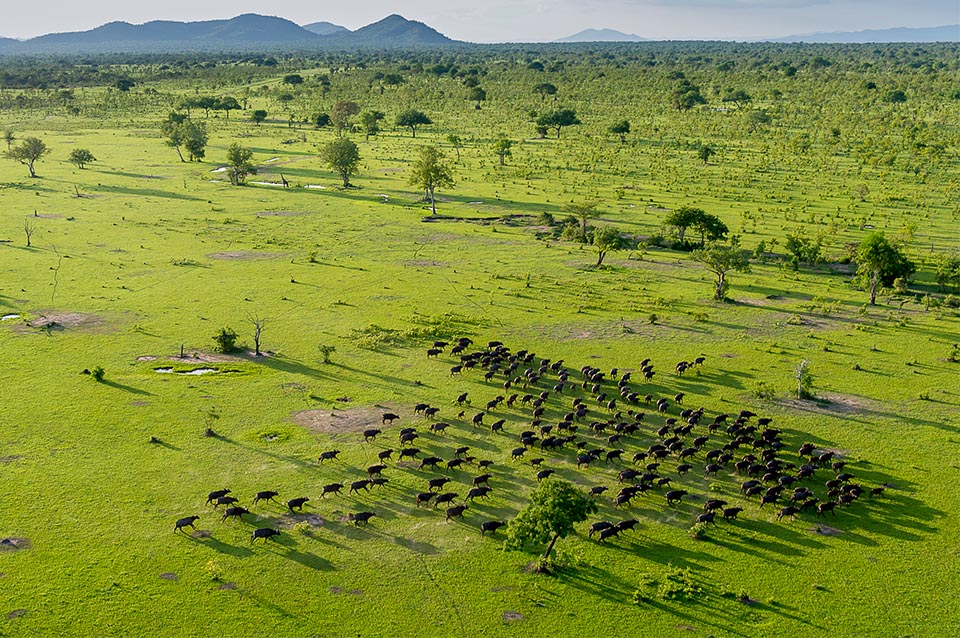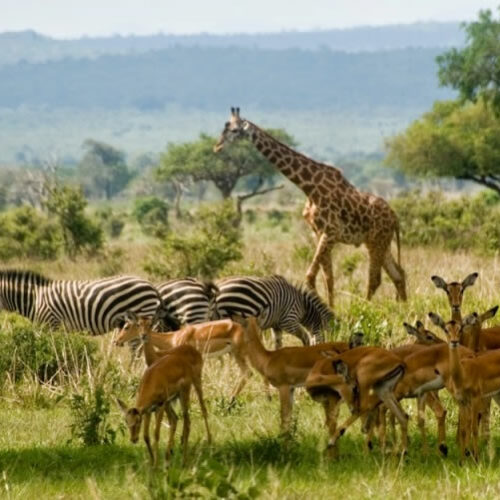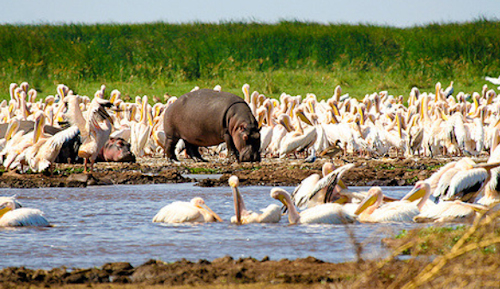Selous Game Reserve
With 45,000 square kilometers, this is not only Africa’s biggest game reserve but it is the oldest. It is also the least accessible and the least known. Consisting of woodlands with grassy flood plains and dense forest patches, it provides a home for large herds of elephant, rhino, buffalo, lion, leopard and hippo, where in fact the elephant herds are the largest in Africa. Containing some of the area is accentuated by the Rufuji river system which flows through its center making effecting communication impossible.

Previous
Next





























